After a recent trip to Amsterdam where I was let down by a combination of my cameras meter and my own ineptitude I decided to part ways with my Minolta XD. Although still a perfectly functional and competent camera something about continuing to use it after such a negative experience didn’t sit well with me; I needed something fresh, without the association of failure.
But whilst I was happy to rid myself of the XD body, the lenses I kept! Minolta Rokkor lenses are some of the best legacy glass available in my opinion, and I’m not parting with my set of them anytime soon.
I used to shoot these lenses on my old Nikon Df digital camera, so after looking at options I decided to see whether the lenses would work as well on a film Nikon. After holding an F3HP in hand and checking that the lenses would focus to infinity with my special adapter, mount nicely, and balance well I decided I was sold on the idea.
The Nikon F3HP is a legendary camera, and there isn’t much I can write about it that hasn’t already been said. However it took me a handful of rolls of film to really get to grips with using it without native lenses. I had to deal with a few shortcomings while experimenting with this setup including issues with the focusing screen, stop down metering, and a few other slight niggles along the way.
The Iceland trip
Early this year I was set to go on a little trip to Iceland. When it came to selecting gear, I decided to take the F3 along with the 28mm f/2.8, 45mm f/2, and 100mm f/2.5 Rokkor lenses. This is the combination closest to my usual setup of rangefinder lenses (21/50/90), which I shoot every day. I wanted to take an SLR rather than my rangefinder simply because of the value. I feel more comfortable using my SLR kit in more hostile conditions, and have a little more confidence knocking them around. I used the F3 with these lenses throughout my trip, and was really impressed by how they held up in environments down to -15° – a testament to the durability and quality of both the camera body and the lenses.
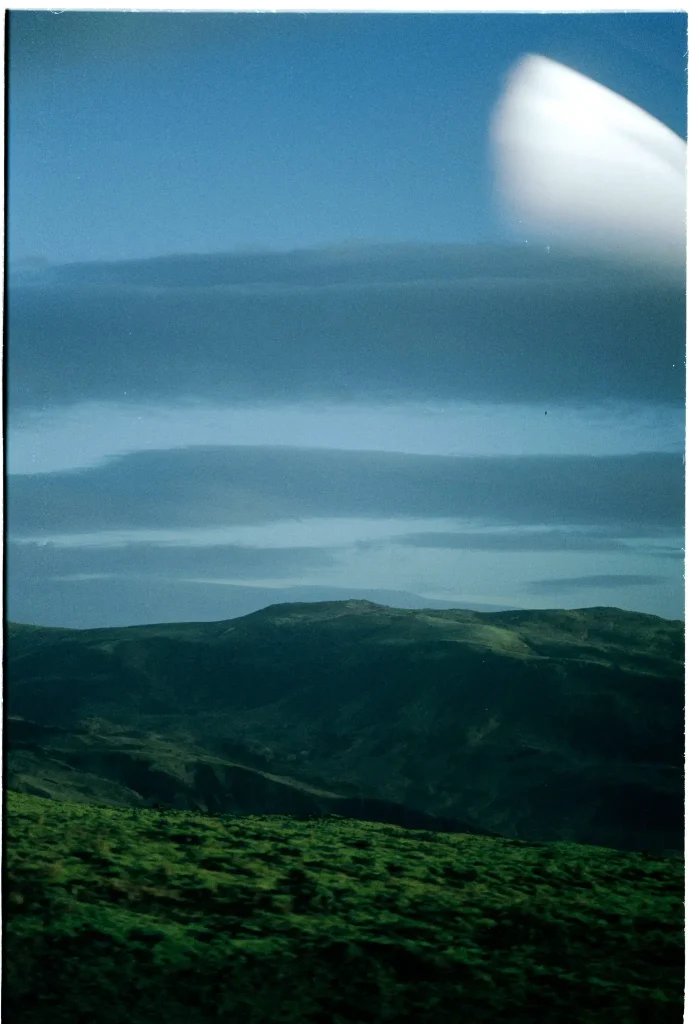
The F3
Handling was fantastic, even with thick layers of gloves. The F3 really is one of the most ergonomically friendly camera I’ve ever used – aside from my Leica M’s that is. The mechanics of the F3 are smooth and feel solid, and everything fit nicely in my hand. The dial locks were an odd one for me to get used to, but overall the handling of the controls was intuitive, and close to what I am used to with other analogue cameras. The body also balances nicely against my larger lenses, especially my 80-200mm f/3.5.
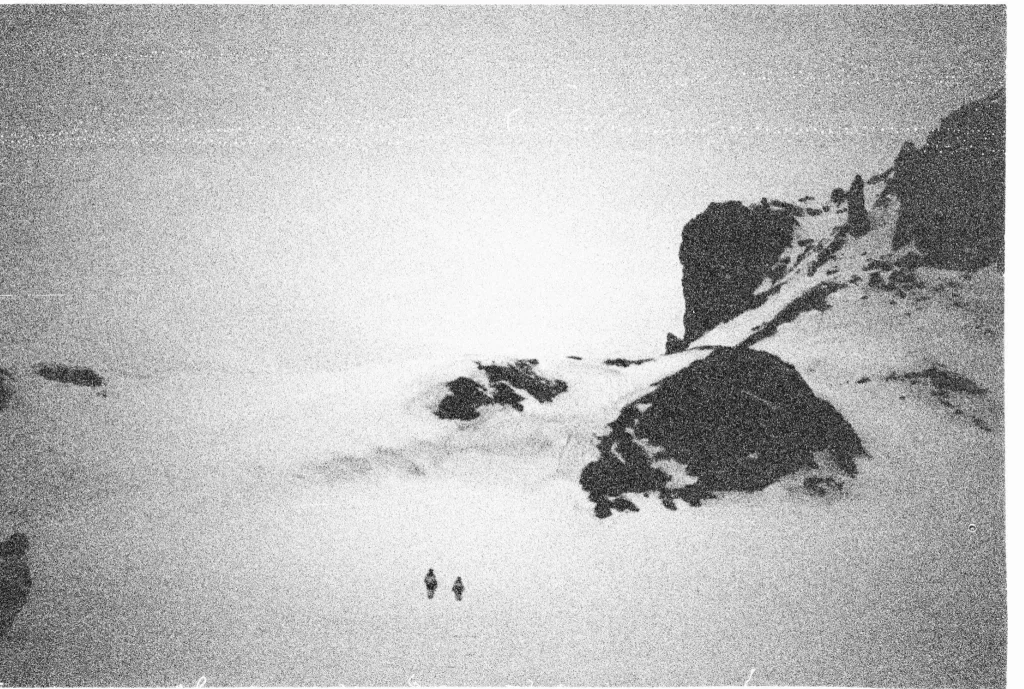
The F3 is the first modular camera I’ve ever used. I really like what this sort of system offers me, both on a technical and practical level. I’ve had issues with cleaning gear while travelling in the past, but being able to deconstruct the eyepiece, prism, focusing screen, and cleaning each individually, I had no issues with viewfinder dust or condensation at any point – despite the harsh temperature changes. I know that self reliance when it comes to gear is something many analogue photographers care about and a modular system really helps with a feeling of total control over the camera.
As a glasses wearer the HP finder is superb, and it also proved very useful when I had the thick lenses of my snow goggles between my eye and the viewfinder – I was still able to roughly make out about 90% of the frame which was enough to work with.
Adapting the Rokkors
Being modular I have access to different focusing screens. This turned out to be very important as I needed to find a screen that would best suit using these third party adapted lenses. I bought the camera with the B type screen, which is clear and easy to focus, but I wanted the prism of my XD back, so I managed to source a K type screen. This proved to be great apart from that blacked out from f/3.5 and below. Shooting apertures larger than this was a great experience, but I felt I was suffering when stopped down. I would have to open to the highest aperture, focus, and then stop down again before taking the shot – not an ideal process.
To remedy this I managed to add an H3 and H2 screen to my collection, which feature micro-prisms across the frame and are usually used for telephoto, low light, or action photography. This was especially useful for my 100mm lens, and with the H2 screen I had no further problems when stopped down.
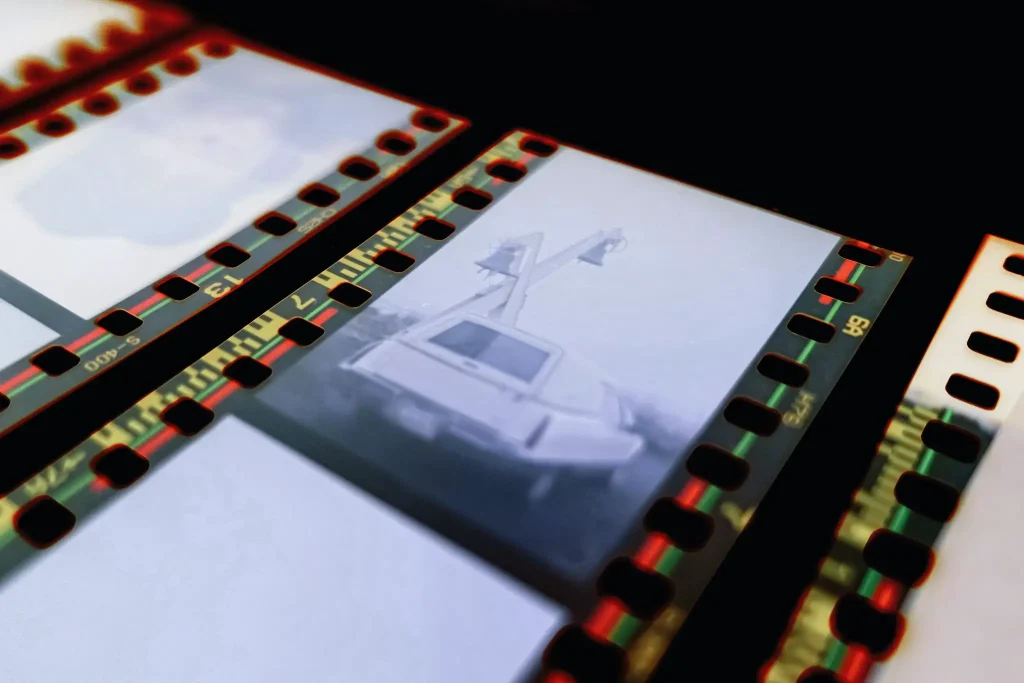
I do regret not taking the K finder with me on the glacier, as I shot wide open the majority of the time, and critical focus at f/2 while on a moving snowmobile with the viewfinder a few inches from my eye was not easy on the H2.
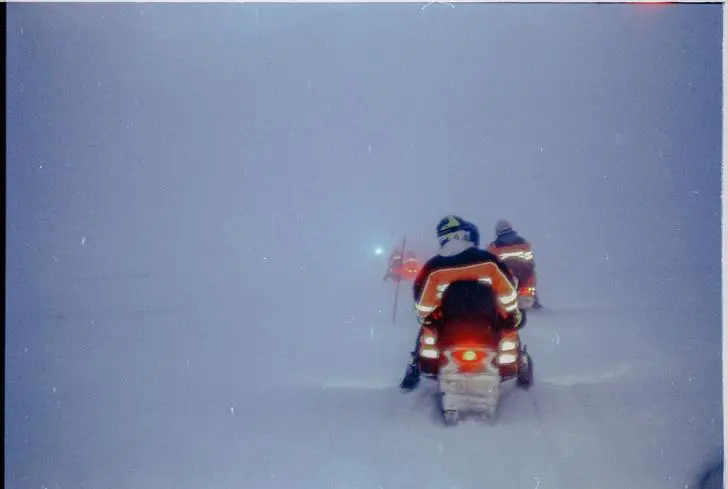
The Minolta Rokkor lenses I own are some of the most fantastic lenses I’ve ever used, including my Leica rangefinder lenses. I enjoyed using them adapted onto an A7Rii, and was hoping for the same sharp, 3D look from my film work. However, unlike when adapted to a mirrorless camera, adapting to an SLR requires an adapter with an extra element, which can apparently sometimes cause issues. When I first wrote about using the combination a few 35mmc readers expressed concern regarding possible compromises in image quality.
The particular adapter is by a brand called Fotodiox, and has a thin element which allows for correct focusing to infinity. I haven’t read too much about this before I bought one, but based on my experience shooting with it seems to me that it might not be as bad as some people may assume. The glass doesn’t seem cause much is any loss of sharpness or unwanted vignetting. Not that I’m able to see in my images anyway. Your milage may vary, so as always, I suggest caution and research to anyone looking to work with a similar setup!
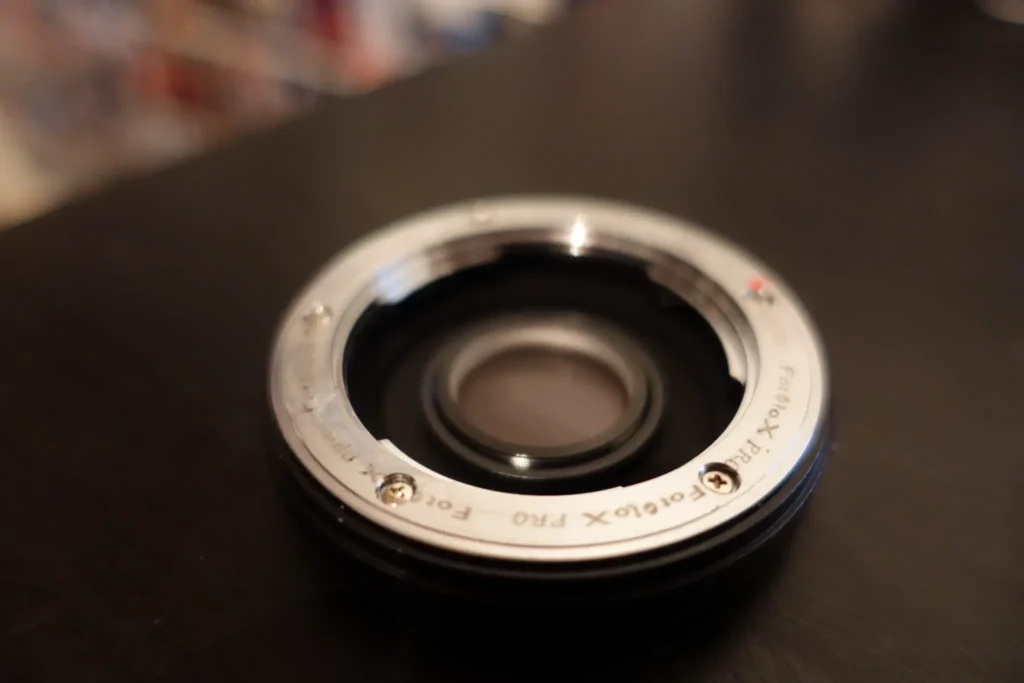
I don’t find that the adapter has much of an affect on exposure either, and I am much happier with the metering system on the Nikon than any of my Minolta cameras. Thankfully I’ve never had the same issue I faced with my underexposed images in Amsterdam on my Nikon.
In short, I haven’t found any issues from my images with this setup. I have a few complaints, but nothing that couldn’t be put down to shortcomings in terms of film choice, rather than something to do with a compromise in the optics. It’s one more thing for me to polish when I deconstruct my gear, but I’m OK with that.

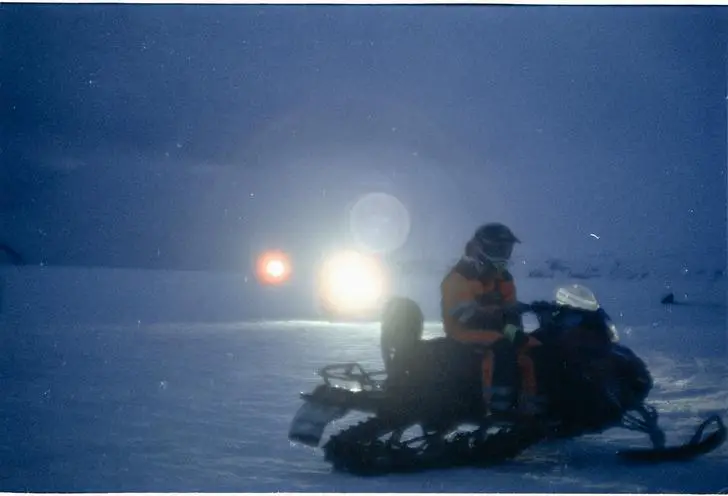
Overall I’m very happy with my decision to shoot with this setup on my trip to Iceland, and I’m happy with the results – which is the main thing, I think! Thanks for taking the time to read my thoughts on shooting with adapted Minolta lenses on the Nikon F3!
If you’ve enjoyed my writing here please consider following me on Instagram, and possibly heading over to my personal blog for more in depth writing about my day-to-day as a photographer!
Share this post:
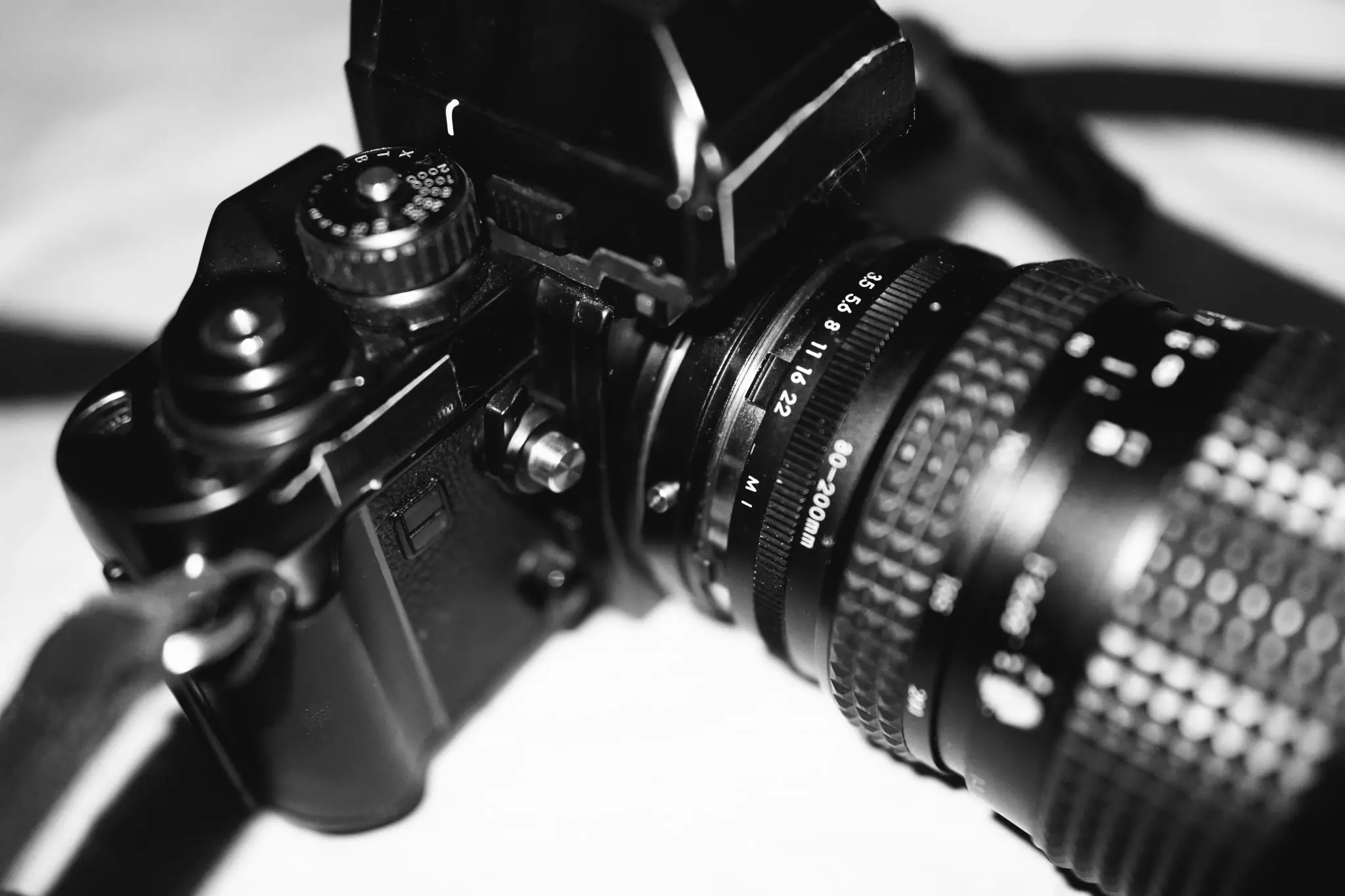








Comments
John Boxer on Minolta Lenses on a Nikon F3 in Iceland – by Simon King
Comment posted: 04/05/2019
Comment posted: 04/05/2019
Comment posted: 04/05/2019
Mark OBrien on Minolta Lenses on a Nikon F3 in Iceland – by Simon King
Comment posted: 04/05/2019
Dan Castelli on Minolta Lenses on a Nikon F3 in Iceland – by Simon King
Comment posted: 05/05/2019
The Minolta SLR lenses are just as good. Remember, Leica & Minolta collaborated on camera & lens design.
I'd respectfully say to the people who think Simon committed photography blasphemy (or worse, camera system inbreeding) to think how fortunate we are to have independent manufacturers of lens adapters to try out different combinations. Instead of knocking his solution, explore it for yourselves.
Ashley Carr on Minolta Lenses on a Nikon F3 in Iceland – by Simon King
Comment posted: 05/05/2019
I’ve shot both Pentax and Minolta in the past and like you I rate both systems lenses highly. I was never too impressed with the few Nikkor lenses I’d tried, that’s is until I sought out what many see as the iconic Nikkors.
The Nikkor 28/2.8 ai-s is legendary for a reason and all the superlatives surrounding this lens are justified. Likewise the Micro-Nikkor 55/2.8 (although 10mm longer than your 45) makes for a incredible 50’ish. And lastly the 105/2.5 there’s not much that can be said about this other than it’s legendary for a reason.
Like any system there’s good and mediocre and personally finding the good ones instead of living with compromise was the way forward for me.
Leo Tam on Minolta Lenses on a Nikon F3 in Iceland – by Simon King
Comment posted: 05/05/2019
Are there adapters to FD that you can use?
Bent_Brent on Minolta Lenses on a Nikon F3 in Iceland – by Simon King
Comment posted: 06/05/2019
I don't mean to be disparaging thought - really enjoyed reading this. Wish you'd posted more images!
eric on Minolta Lenses on a Nikon F3 in Iceland – by Simon King
Comment posted: 07/05/2019
I have all these Nikkor lenses : 28 ais 2'8, Micro Nikkor 55 ais 2'8 and others
Like Dan I love my 40 mm, me the Summicron-C and with M3 such a marvelous pleasure and great results. My Summicron-C 40 with. a 5 close up scratches the Micro Nikkor Ais 55mm on a Sony A7 Rii, the files with the Nikkor are bigger but the sharpness and rendition with Simmicron is better. I have tried my Rokkor 40 mm M but normally is better than the Summicron ...
Ronnie on Minolta Lenses on a Nikon F3 in Iceland – by Simon King
Comment posted: 07/05/2019
Reflecting on Some Film Photography Failures - by Simon King - 35mmc on Minolta Lenses on a Nikon F3 in Iceland – by Simon King
Comment posted: 14/01/2020